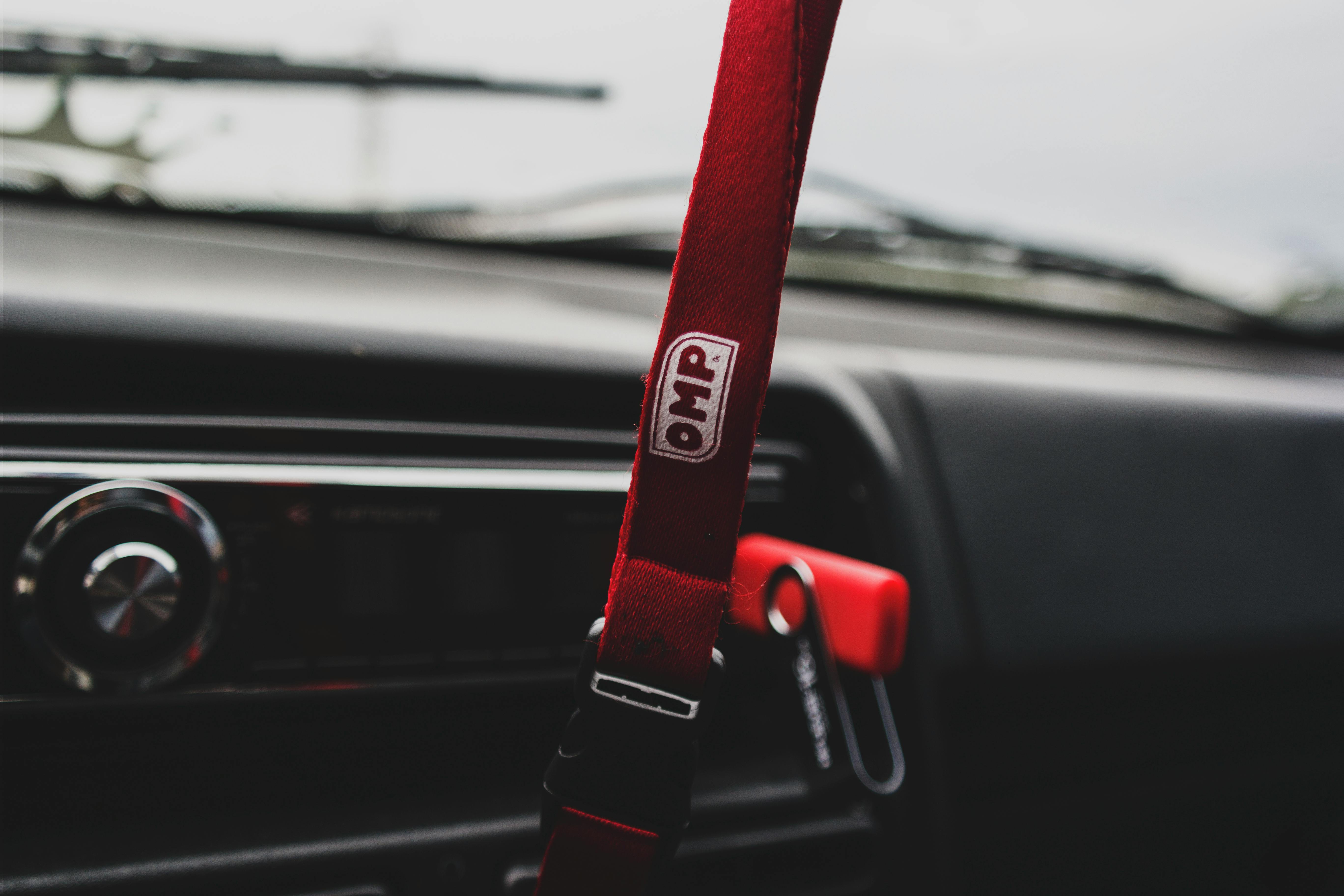Have you ever wondered what the octane number of gasoline means? What numbers are shown on fuel pumps? Every time we go to a gas pump to fill up our car, we always have a choice of what octane we want to put in. We can also see a sticker at the gas pump with the different ratings available at that station and if you live in the US you will also see the rating calculation method used.
In the US, those ratings range from 87, 89, 91, or 93 octane. Gas with numbers higher than that is called “racing gas” and is (1) not commonly seen at standard gas stations and (2) priced considerably higher than standard octane gas. But what about that???
Octane is a number that defines the property of gasoline to resist detonation by high pressure and high temperature conditions, in a specific range. It does NOT mean that 93 octane gasoline is much more powerful than 87 octane, like dynamite is much more powerful than gunpowder. Resistance to means of detonation; how hard we can push or compress that gasoline into our engines (taking temperature into account) before it detonates without the spark plug firing. When that later unwanted condition occurs, it’s called a preignition, knock, ping, or just detonation. Remember that it is an internal combustion engine or “Combustion Engine”. Detonations are much more powerful, faster and more destructive than explosions. Knocks do not provide usable power to the engine.
The higher the octane, the more it will resist the above situation from happening. High horsepower and racing cars often produce high compression and high temperatures within their engines and that is why it is normal to use very high octane gasoline in such vehicles.
detonations
It is not at all convenient that the gasoline ignites earlier than expected since it will cause many problems to the engine, it will affect its performance and it will run the risk of breaking down. Imagine the gas, detonating on the compression stroke, several degrees before “top dead center” or TDC. That will be an undesirable situation where the piston pushes up while the detonation pushes down at the same time, in the same stroke. Very bad! It produces zero power as the detonation will fail to push the piston down due to the fact that it is still located before top dead center and there will be absolutely no downward movement until past that point. Also, the detonations occur in microseconds, which would not provide any mechanical advantage. It will be more like hammering the piston instead of pushing it down.
When detonations occur, energy is lost due to two conditions, first, the obvious one; a knock is too fast and always occurs against engine timing, and secondly, if the knock sensor “sees” the knock, there will be a response from the car’s computer (ECU), which will delay the ignition timing by several degrees until no more detonations are detected. . That is a programmed response in the ecu software to protect the engine in case of detonation. The downside is that it will cause the car to stall.
summarizing
Octane rating is not a direct measure of the power of gasoline. All gasolines will have similar combustion reactions (explosive power) depending on their quality of refinement and cleanliness, regardless of their octane rating (87, 89, 91, 93, 104, etc.). The difference will be that the lower caliber gases (87 and 89 octane) will combust before the higher caliber gases (91, 93 and higher octane) under the same conditions of temperature, pressure and volume, without spark.
Octane Rating Calculation Methods
There are several calculation methods, RON, MON and PON or AKI.
RON: (Research Octane Number). Most common fuel used in Europe, Australia and some other countries. It is determined by measurements of fuel behavior in a variable compression engine. The results are compared with other isooctane fuels, that is, with other types of fuel with the same number of similar octane molecules present, but not of the same organic compound.
MON: (Engine Octane Number). Also determined with a variable compression engine, but with the fuel already preheated, variable ignition timing and higher RPM than the RON method. This method is more accurate for determining fuel behavior in a loaded engine.
PON or AKI: (Pump Octane Rating or Anti-Knock Index): This is the method used in the US and Canada, expressed as [R+M]/2, Desire means the RON number plus the MON number, divided by 2. In other words, it is the average between the two methods above.
Equivalence
So, due to the fact that RON is always 4-5 points higher than its PON or AKI equivalent, the number conversion between the US and European octane ratings will be roughly as follows:
USA (PON) -> Europe (RON)
87 -> 91
89 -> 93
91 -> 95
93 -> 98
Thank you for reading.
